Photovoltaic systems: types and applications

Solar energy is converted into electricity using an electronic device called "solar cell" and thanks to a physical phenomenon known as photovoltaic effect. The cells are connected and assembled together forming a pv module or panel that absorbs the solar radiation and generates electrical energy.
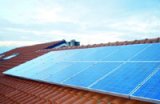
The solar panels, known as well as pv modules, and the inverters are the core of a solar system. The panels generate direct current electricity (DC) and the inverter converts it in alternating current (AC) usable to make the household electrical appliances work normally or to feed the electrical grid.
PV systems can be grid connected (interacting with the local electrical grid) or work as stand-alone systems (autonomous).
PV applications
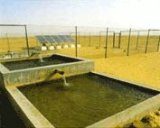
Examples of some applications of photovoltaics are the following:
Agriculture
Water-pumping installations (very important in developing Countries): systems of automatic irrigation.
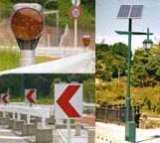
Industry, Telecommunications & Public Services
Cathode protection of gas, oil pipelines and other types of piping; provision of power in general, in particular for limited electric charges (in the order of a few kW) always in areas far from the grid or where power is unreliable (discontinuous electrical supply).
Radio/television relay stations: telephone devices; stations for data surveying and transmission (meteorological, seismic, for levels of watercourses, indicating the presence of fires), often very useful for civil protection services.
Lighting of streets, gardens and public transportation stops; street signalling.
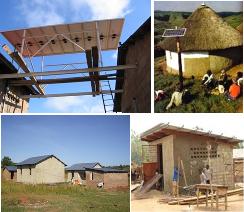
Health
Especially for refrigeration, very useful particularly in developing countries for the conservation of vaccines and blood.
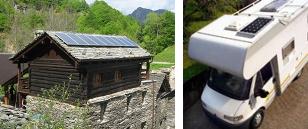
Residential
Power provision (especially lighting) for houses and mountain refuges. Very significant applications of this type in developing countries: photovoltaic systems do not require special maintenance and are easy to install.
Free Time
For charging boat and camper batteries.

